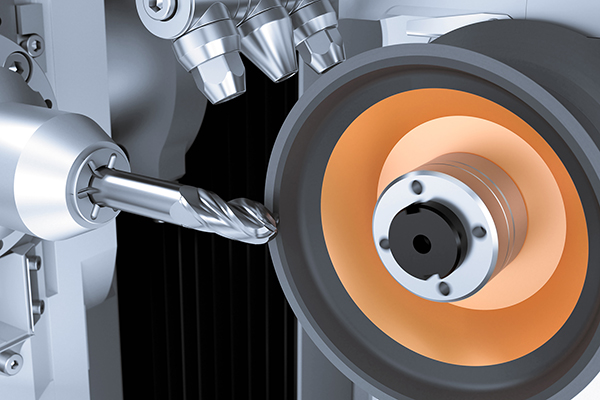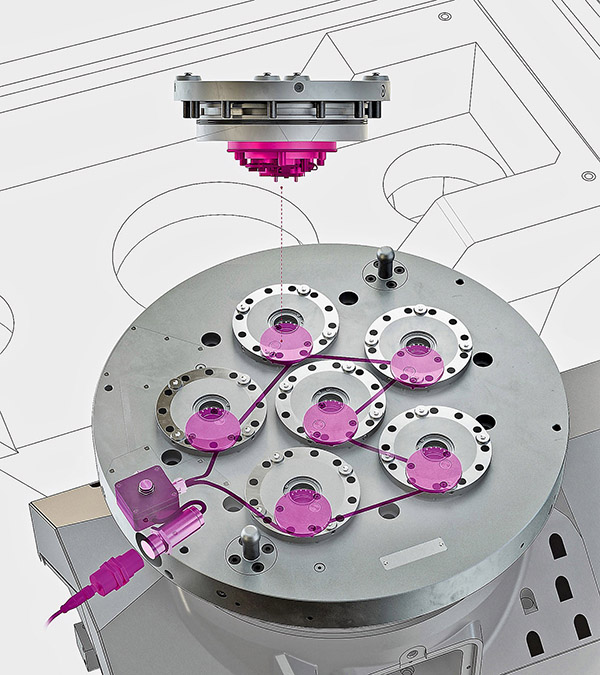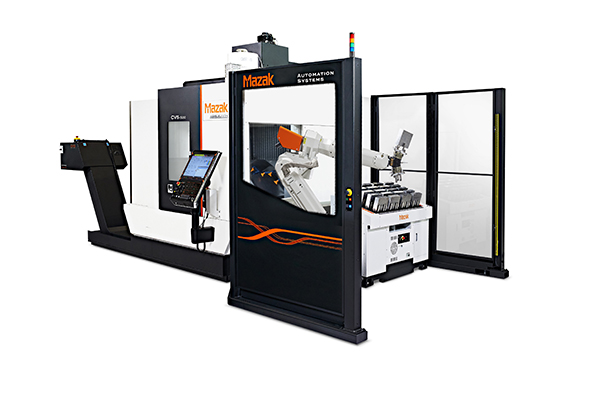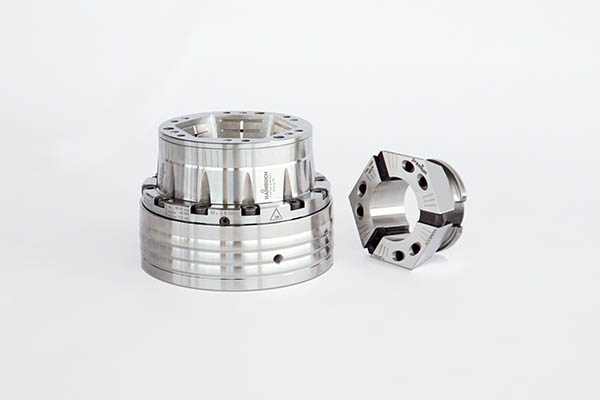
Estonian contract manufacturing company Harry Metal OU has placed an order for an automated PEMA welding solution. The delivery includes a PEMA robot welding station with two PEMA Skyhook PRO welding positioners for bucket manufacturing and other large projects. Significant investment in a modern automated welding production solution is part of Harry Metal’s future strategy for developing its products, helping the company to be competitive in growing markets. The automated solution will be delivered and ready for production during autumn 2022.
For further information
www.pemamek.com























